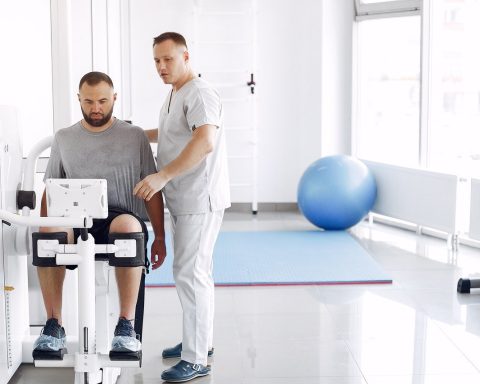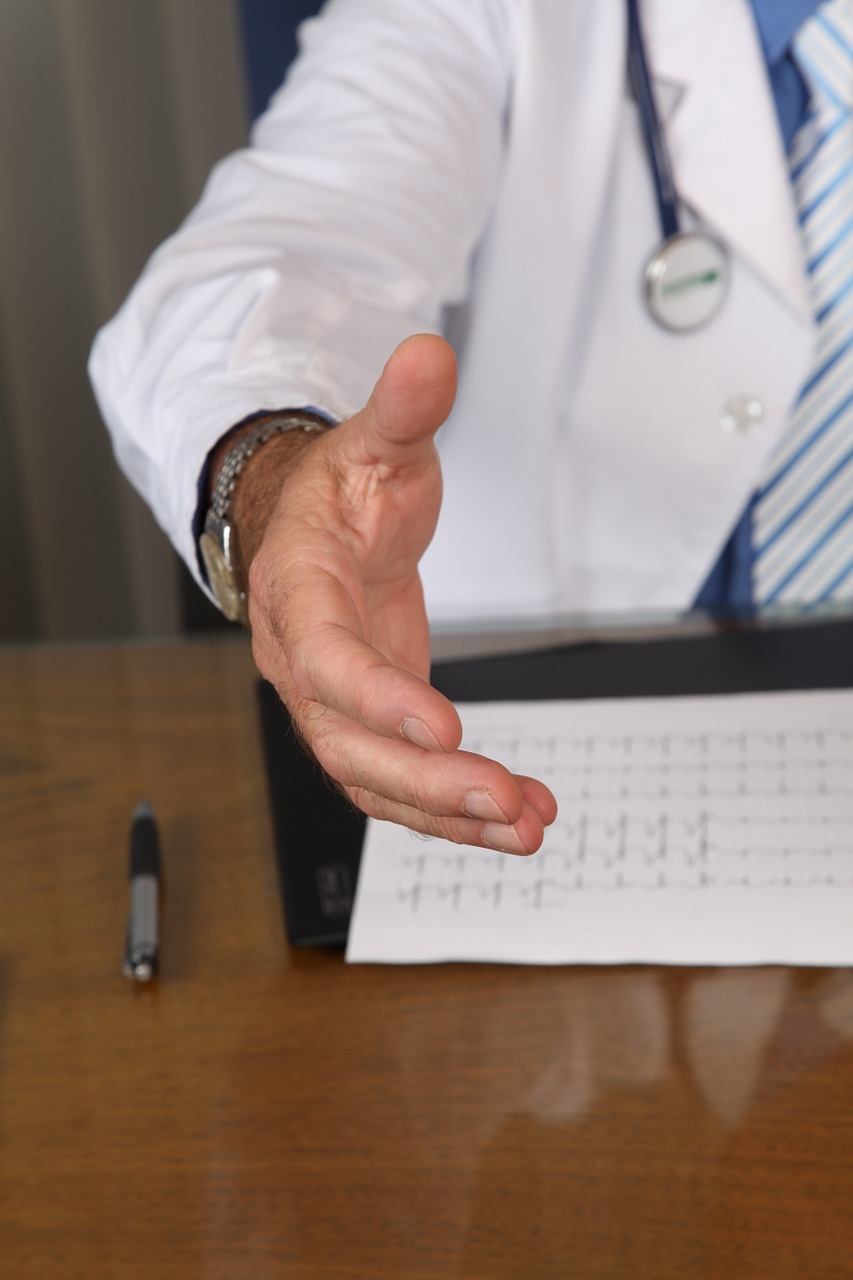Whether you’ve been pulled over by the police, or are applying for jobs or work in a career field that requires random drug and alcohol testing, knowing the facts can be a bit confusing. Which tests are the most accurate? What happens if traces of drugs or alcohol are found? Will this ruin my chances at a career? A lot of questions are likely going through your head as you get tested, and the best way to understand it all would be to first understand the various types of tests, what they detect, and how accurate they are.
Detect an Issue? Get Help
While drug and alcohol screenings can be routine in certain circumstances, if you’re fearful of what the outcome could be, you may need to take a look at your habits. If you’re consuming considerable amounts of drugs and alcohol on a regular basis, it could easily lead to dependency and addiction.
Alcohol and drug rehab centers are ideal for seeking treatment with addiction issues. They have trained staff on hand to assist you with kicking your habit along with individual and group therapy to help you find the underlying cause and new ways to cope with life after rehab. Getting help with your issue can often help you out if you’re dealing with circumstances such as a DUI or the potential of losing a job. Your employer and even a judge will see that you have recognized the problem and taken the initiative on your own to get help.
Blood Tests
Likely the oldest method of testing for drugs, alcohol, and other substances in the blood is through a blood test or toxicology screening. They can test for alcohol as well as specific drug types including prescription, over-the-counter meds, cocaine, heroin, and more. It can determine how much of these substances is in your system at the time.
Urine Tests
Another common test used to detect drugs or alcohol in the system is a urine test. They will require a sample of your urine. With advancements, the tests only require a small amount of urine to test. The urine tests analyze the amount of ethyl glucuronide to check for levels of alcohol and also can detect traces of prescribed and illegal substances in the system. These tests are often requested by employers and have been proven to be a very reliable form of test.
Breathalyzer
If you’ve ever been pulled over by the police for suspected impaired driving, you may be asked to take a quick test to detect alcohol in the system. This is essentially called the breathalyzer. There are several different types of breathalyzers on the market today. Semiconductor oxide-based testers are typically for personal use. Fuel cell testers, which are commonly used for roadside testing, create a chemical reaction that oxidizes the alcohol in your system. The more alcohol, the more of a reaction the test will read. Lastly are Infrared Spectrometry, which are the larger units found at police stations. Using infrared light, the test detects alcohol levels by seeing how the molecules react in the light. Each of these tests require you to blow into the machine. The saliva that is then released can be tested and provides the breathalyzer with the results.
Saliva Tests
Newer to the market are saliva tests. They are becoming increasingly popular for employers and also parents of teens. Basically your mouth is swabbed and the sample is then tested to detect levels of drugs in the system. It can detect common drugs like opioids, marijuana, ecstasy, and painkillers. The test is on the spot and can detect drugs that have been in the system over the last 24-48 hours.
Hair Strand Test
Another form of testing is a hair strand tests. With the strand of hair, the test is able to detect the amount of drugs and/or alcohol in the system.
Are They Accurate?
These guidelines were set up by the U.S. Substance Abuse and Mental Health Services Administration to ensure accuracy in tests.
Chain of custody – forms must be completed to document how the specimen was handled. It also keeps track of the various facilities/individuals that had access to during the test.
Initial screening – an initial screening is to be performed on a small sample.
Confirmation test – another test is taken to ensure accuracy of the first sample. In order for a test to be positive both the initial screening and confirmation test have to match. If not, a new test must be completed.
Medical Review Officer – a medical review officer is a doctor who has specialized training in drug and alcohol abuse. When results are positive, the medical review officer will evaluate everything to ensure that the above mentioned procedures were followed.
Getting tested for drugs and alcohol for any reason can make a person a little apprehensive. However, having an idea of how the test is performed, how accurate they are, and what to expect can help to ease your pain. Remember, if you are struggling with a drug or alcohol abuse issue, getting help is the best course of action to take. Rehab facilities are ideal for helping participants kick the habit and adapt new life skills that can help them remain sober.








